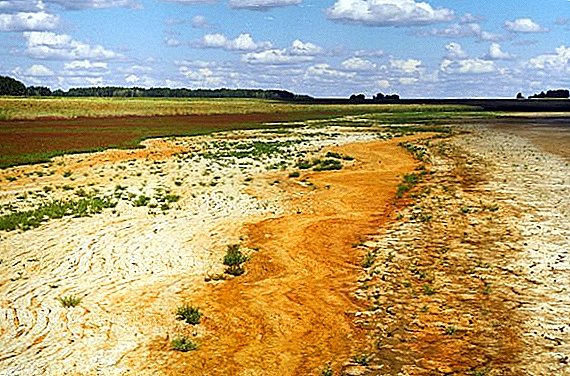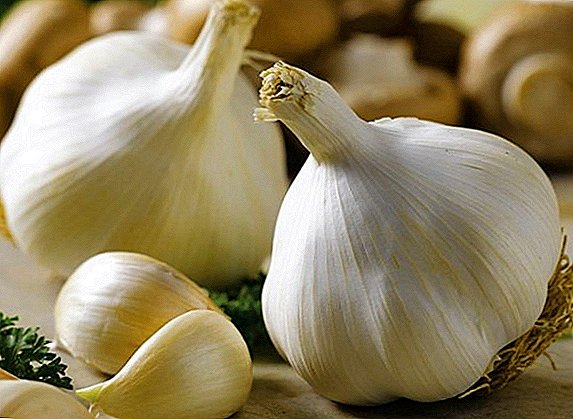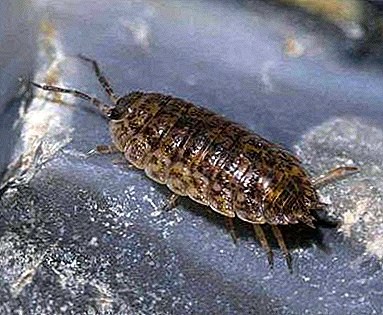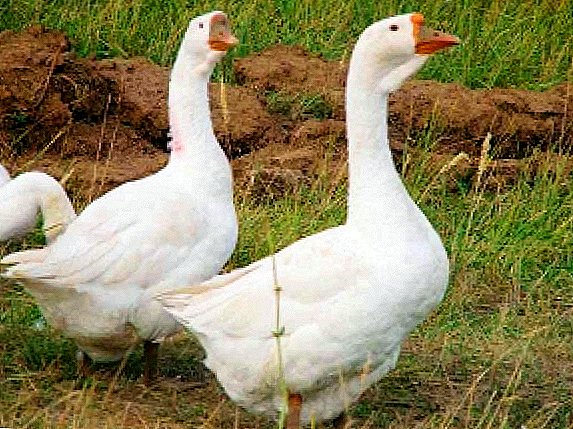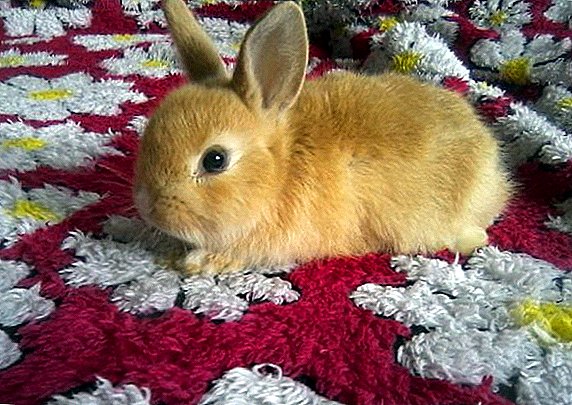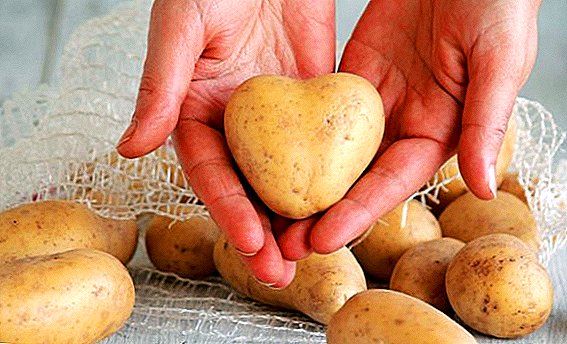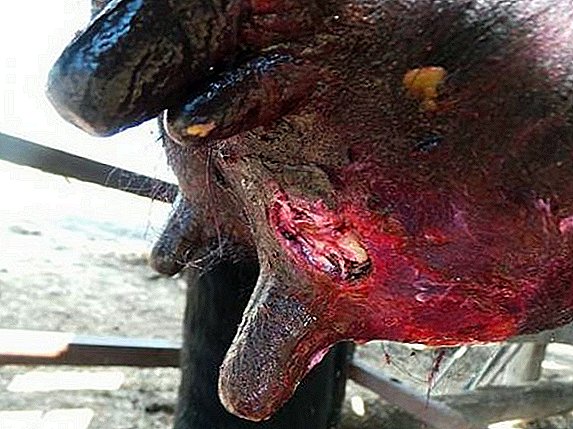 Cow mastitis is a disease that leads to a significant decrease in the quantity and quality of milk, and purulent mastitis, in severe forms, can even cause the death of an animal. Wrong and inadequate treatment started contributes to the transition of the disease to the chronic form, which in turn is the cause of irreparable loss of milk cells. Consider what constitutes purulent mastitis and how to treat this dangerous disease.
Cow mastitis is a disease that leads to a significant decrease in the quantity and quality of milk, and purulent mastitis, in severe forms, can even cause the death of an animal. Wrong and inadequate treatment started contributes to the transition of the disease to the chronic form, which in turn is the cause of irreparable loss of milk cells. Consider what constitutes purulent mastitis and how to treat this dangerous disease.
What is purulent mastitis in cows?
The process of inflammation that occurs in the udder of a cow, and at the same time, purulent fluid is released from various parts of the mammary glands - purulent mastitis. This form of the disease arises due to catarrhal lesions of the mammary glands, if treatment is not started or it did not produce a result.
Causes of development
The inflammatory process can develop for several reasons:
- Incomplete pumping of milk during milking, which leads to stagnant processes.
- Mechanical damage to the udder and especially the nipples.
- Poor animal conditions are cold and damp in the barn.
- Poor breast care before and after the milking process.
Important! Pathogenic bacteria (streptococci and staphylococcus) are also involved in the development of purulent mastitis, which penetrate into the glands through microcracks in the nipples, where they multiply.
- The formation of microcracks in the nipples.
- Complications after infectious diseases.
 Risk factors for mastitis
Risk factors for mastitisForms and symptoms of manifestation
Purulent mastitis has 3 forms:
- purulent-catarrhal;
- udder abscess;
- udder phlegmon
We advise you to read about how to choose a good dairy cow, how and how many times to milk it, as well as get acquainted with the peculiarities of the structure of the cow's udder.
Purulent catarral
This form of mastitis is characterized by the fact that pus accumulates in the ducts and end sections of the glands (alveoli).
When external examination, you can see signs of defeat:
- The affected proportion looks larger than the others, there is redness.
- Edema is pronounced.
- On the affected area fever is felt.
- Anxiety of the animal due to pain when feeling.
- The skin of the udder is tense and the lymph node is clearly enlarged by the affected area.
- Milk in the affected part becomes little or disappears altogether. It becomes watery, with impurities (sometimes blood) and tastes bitter or salty.
 The cow begins to eat poorly, breathing quickens, the pulse increases. The depressed state lasts for several days - all this speaks of the acute form of the disease. Then there is an improvement, but this is a transition to the chronic form of mastitis.
The cow begins to eat poorly, breathing quickens, the pulse increases. The depressed state lasts for several days - all this speaks of the acute form of the disease. Then there is an improvement, but this is a transition to the chronic form of mastitis.The body temperature returns to normal, and the part of the udder affected by the disease does not cause pain upon inspection, only the milk becomes yellowish and becomes slimy to the touch.
Important! This type of mastitis, according to statistics, affects 1 share, but if you do not comply with the sanitary standards of the animal, microbes can easily affect the entire udder. This is especially dangerous for the cows that have just calveed, since their immunity is very weak.
Udder abscess
Occurs as a complication of purulent-catarrhal mastitis due to the capping of individual dairy passages with purulent fluid. Sometimes the cause may be purulent processes of the genital and other organs. Abscesses, depending on the degree of damage, are single or multiple, located on the surface or deep under the skin.
The main symptoms of an abscess are the same as for purulent-catarrhal mastitis. The cow begins to limp on the back leg - on the side from which the affected area is located, since the pain during an abscess is much stronger than with mastitis.  The scabs on the surface after their ruptures leave scars on the body of the udder, and this contributes to the death of breast tissue, which also affects the decrease in milk yields due to the impossibility of complete tissue repair.
The scabs on the surface after their ruptures leave scars on the body of the udder, and this contributes to the death of breast tissue, which also affects the decrease in milk yields due to the impossibility of complete tissue repair.
Important! Milk yield drops to 30%, and there is a possibility of metastasis in the kidneys, liver and other organs.
Udder phlegmon
This form of mastitis is a diffuse subcutaneous suppurative inflammation of the udder with a putrid odor. It occurs as a result of mechanical damage to tissues and their infection with germs such as staphylococci, streptococci, or anaerobes and putrid microflora.
Depending on the course of the inflammatory process, as well as the depth of localization, there are:
- subcutaneous phlegmon;
- subfascial purulent;
- rotten gas anaerobic.
The process of appearance of phlegmon is so rapid that it very quickly turns into purulent infiltration. A quarter of the udder may be involved in the process.
The clinical signs of this subcutaneous type disease are:
- Significant increase in local body temperature.
- Depressed.
- Painful swelling of the udder tissue.
- Disruption of the lactation process.
- The skin at the site of injury differs from healthy edematous roller.
- In the absence of proper treatment, abscesses are formed, which open themselves.
The clinical signs of subfascial phlegmon are as follows:
- Slow spread of edema.
- The appearance of swelling dense consistency.
- Perhaps the appearance of abscesses.
- Necrosis of tissues.
Clinical signs of purulent-putrid disease are:
- The rapid spread of inflammation.
- Swelling crepitating appearance.
- Tissues quickly undergo necrotic decay.
- The state of the cow is depressed.
- Lymphatic lymph nodes are enlarged.
- Decreased lactation.
- Stiffness or lameness of the limb, which is located closest to the site of injury.
Get acquainted with the symptoms, methods of treatment and prevention of diseases of the udder in cows.
Diagnostics
Samples for mastitis spend:
- at the beginning of lactation;
- then once a month;
- after launch;
- 15 days before calving.
 These activities can be carried out independently, using the control plates of the ITUC number 1 and number 2, as well as the indicator "Dimastin".
These activities can be carried out independently, using the control plates of the ITUC number 1 and number 2, as well as the indicator "Dimastin".Step-by-step test execution:
- From each tank pour 1 ml of milk into separate cells. The first portion is not used.
- The drug "Dimastin" is added in the same quantities.
- Stir with a glass rod and observe for 15 minutes.
- Unscramble the result.
Result:
- Orange homogeneous milk - the cow is healthy.
- The presence of a small number of gel-like inclusions indicates the beginning of the inflammatory process.
- The presence of clots makes it possible to determine mastitis.
- Crimson color of the resulting solution indicates the presence of the disease.
Read more about the types of mastitis and the features of the treatment of this disease in cows.
How to treat purulent mastitis in cows
The treatment of this disease comes down to achieving 3 goals:
- elimination of the pathogen;
- release of the mammary glands from contaminated milk;
- blocking the spread of microbes through the blood to other organs.
Video: treatment of mastitis in cows
Conditions of detention
Veterinarians advise keeping a sick cow in a stall without walking, thus ensuring her rest. At the same time the room should be warm, without drafts, and dry. Be sure to lay a soft bed of hay, which must be replaced regularly to always be clean.
Did you know? Diagnosing the disease in world veterinary medicine is done using Californian mastitis test, and the cells are considered to be the Fossomatic electronic counter.
Feeding correction
Initially, you need to reduce the production of milk.
This is achieved by adjusting the diet of the animal:
- succulent fodder is excluded - transfer to hay, rich in fiber;
- concentrates are reduced to a minimum, as well as the amount of water.

Udder cooling and frequent milk pumping
The gland needs as quickly as possible to release from the purulent contents. To do this, pumping should be done every 3 hours. To remove puffiness, it is necessary to irrigate the udder with cold water a couple of times a day.
Therapeutic drugs
Reception of any medical preparations can be prescribed only by a veterinarian.
After receiving the results of laboratory tests and the identification of bacteria that led to inflammation, prescribe such drugs:
- "Maxima". Available in a syringe dispenser. It has antimicrobial action against staphylococci, streptococci, pathogenic anaerobes, etc.
- "Benstrep". Produced in a glass bottle. The main components in the composition (benzylpenicillin, procaine and dihydrostreptomyuin sulfate), complementing each other, increase the harmful effects on gram-positive bacteria.
- Penmitsin. The composition contains benzylpenicillin procaine and neomycin sulfate. It has the same effect as the previous drug. The tool does not apply against viruses and fungi.
- "Doreen". Antimicrobial drug. Exposure occurs on microorganisms exudate udder.
 For complete treatment is important the subsequent restoration of the immune system. When treating mastitis, they also inject a liquid solution into a vein.
For complete treatment is important the subsequent restoration of the immune system. When treating mastitis, they also inject a liquid solution into a vein.To do this, use:
- 1% streptocide;
- 2-5% ichthyol;
- 1: 5000 furatsilina.
Did you know? According to statistics, mastitis is recorded in 20% of cows in countries - leaders in the production of dairy products. For treatment, antibiotics are used, extremely negatively affecting not only the animal's organism, but also the consumer of dairy products. The European Committee for Homeopathy recommended an alternative to antibiotics - the use of homeopathic medicines to reduce allergic reactions among consumers.If the disease is severe, an additional intravenous injection is administered:
- 40% glucose solution;
- 10% calcium chloride solution;
- 0,25% solution of novocaine on the basis of saline at the rate of 0.5-1 ml per 1 kg of animal body weight.

Folk remedies
In addition to drugs, it is also possible to supplement the process of treatment with folk remedies and methods of treatment.
These include:
- use of ichthyol or camphor ointment;
- in the first days of the disease, the use of cold is indicated;
- on the 5th day of the development of the disease, paraffin or ozocerite warming compresses are prescribed;
- heating with an infrared lamp.
It will be helpful for you to read about how to treat warts and smallpox on the udder of a cow.
Prevention
Like any other disease, mastitis is easier to prevent than to cure.
Consider what methods of prevention of this disease are known:
- Keeping the cow clean.
- To hand over milk to start only with clean hands.
- After the end of the milking - wipe the udder clean.
- After milking, disinfect the nipples with a 1% iodine chloride solution.
- After the termination of lactation, it is mandatory to exclude succulent feeds from the diet.
- To strengthen the immunity of animal solder probiotics.
- After calving, the calf should immediately suck the colostrum and milk.
- Periodically use drugs for the prevention of mastitis.
Reviews from the network



